Carpet Bugs & Pests: Ultimate Control Guide
Identifying Common Carpet Pests
Carpet pests, ranging from tiny insects to more visible critters, can be a nuisance in any household. Identifying these pests is the first step in effective pest control. The most common carpet-dwelling pests include carpet beetles, silverfish, bed bugs, moths, and fleas.
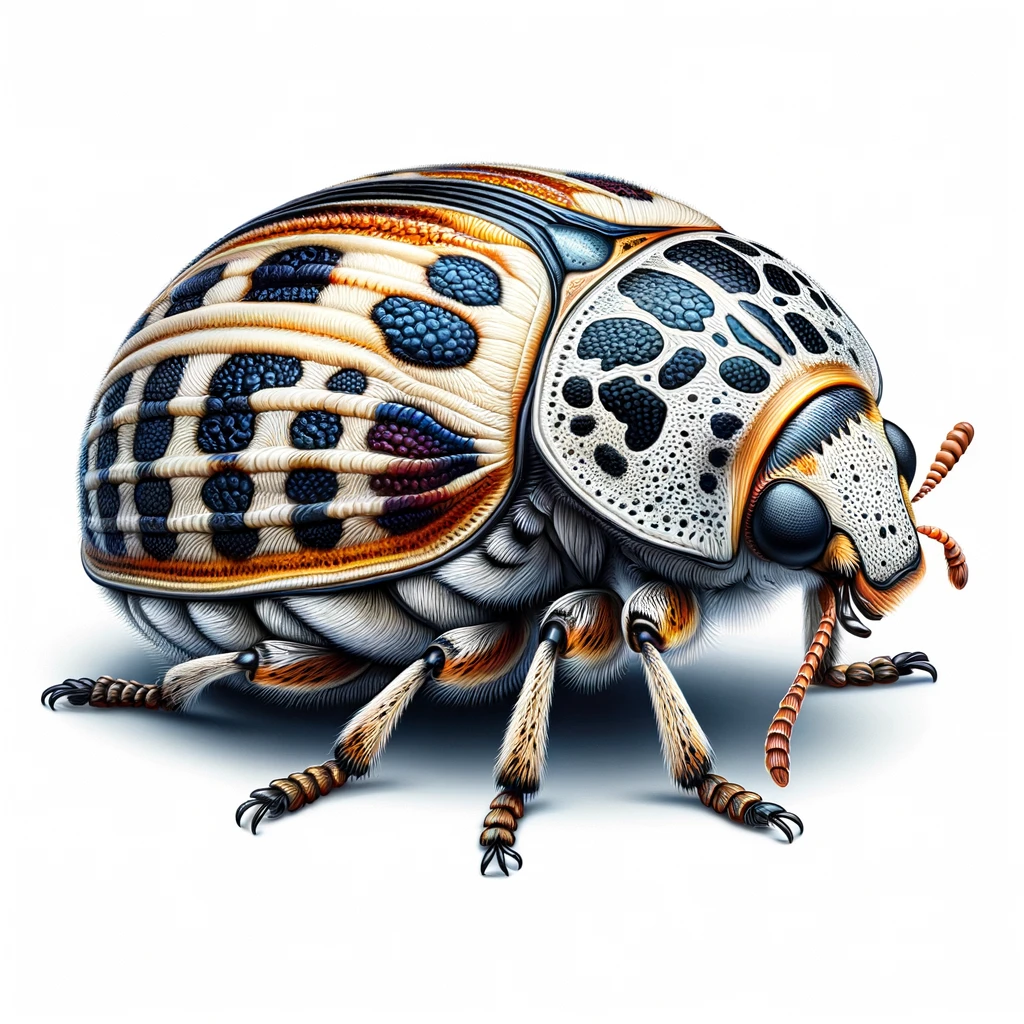
Carpet beetles are small, round, and often colourful pests, known for their destructive larvae which feed on fabric.
Carpet beetle larvae, often mistaken for bed bugs, are another common issue. These larvae are small, worm-like, and feed on a variety of household materials, causing damage to carpets over time.
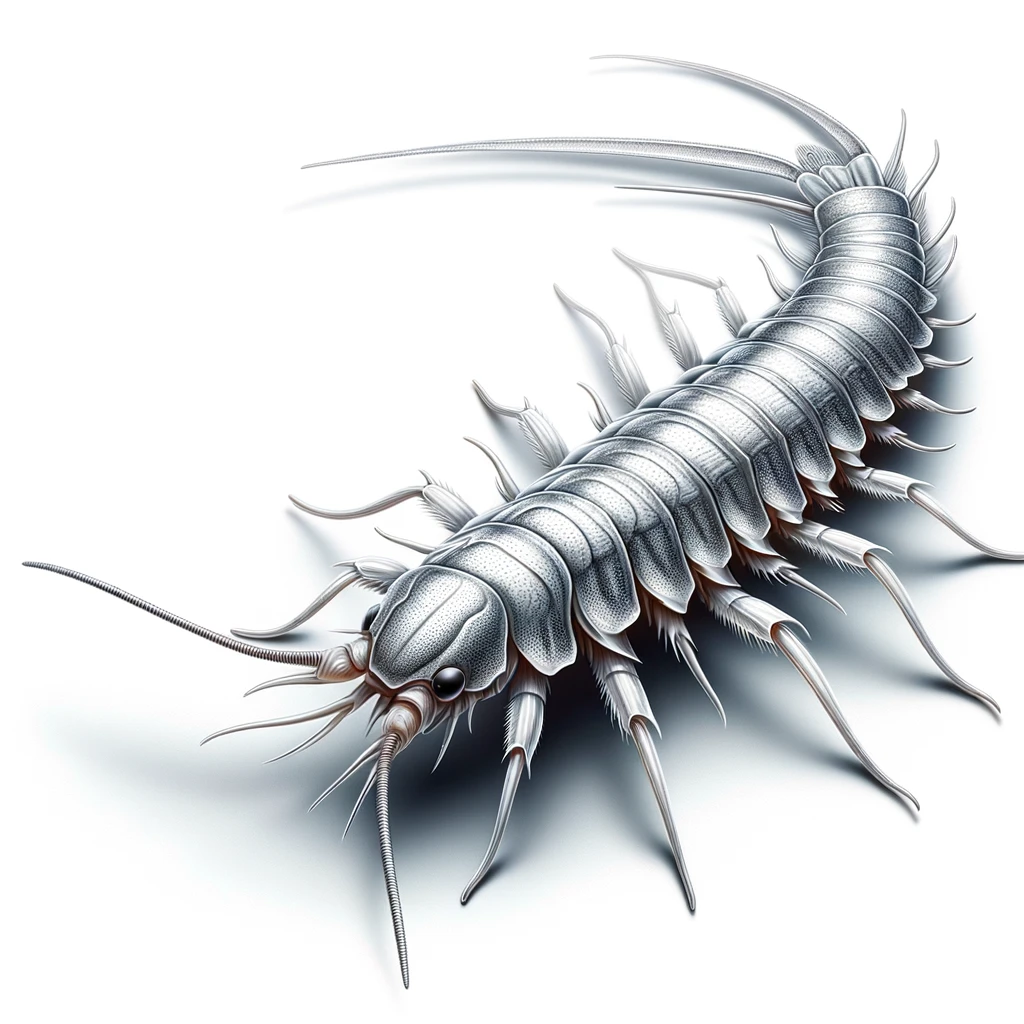
Silverfish, with their distinctive silvery scales and swift movements, are attracted to damp areas and can damage carpets and wallpapers.
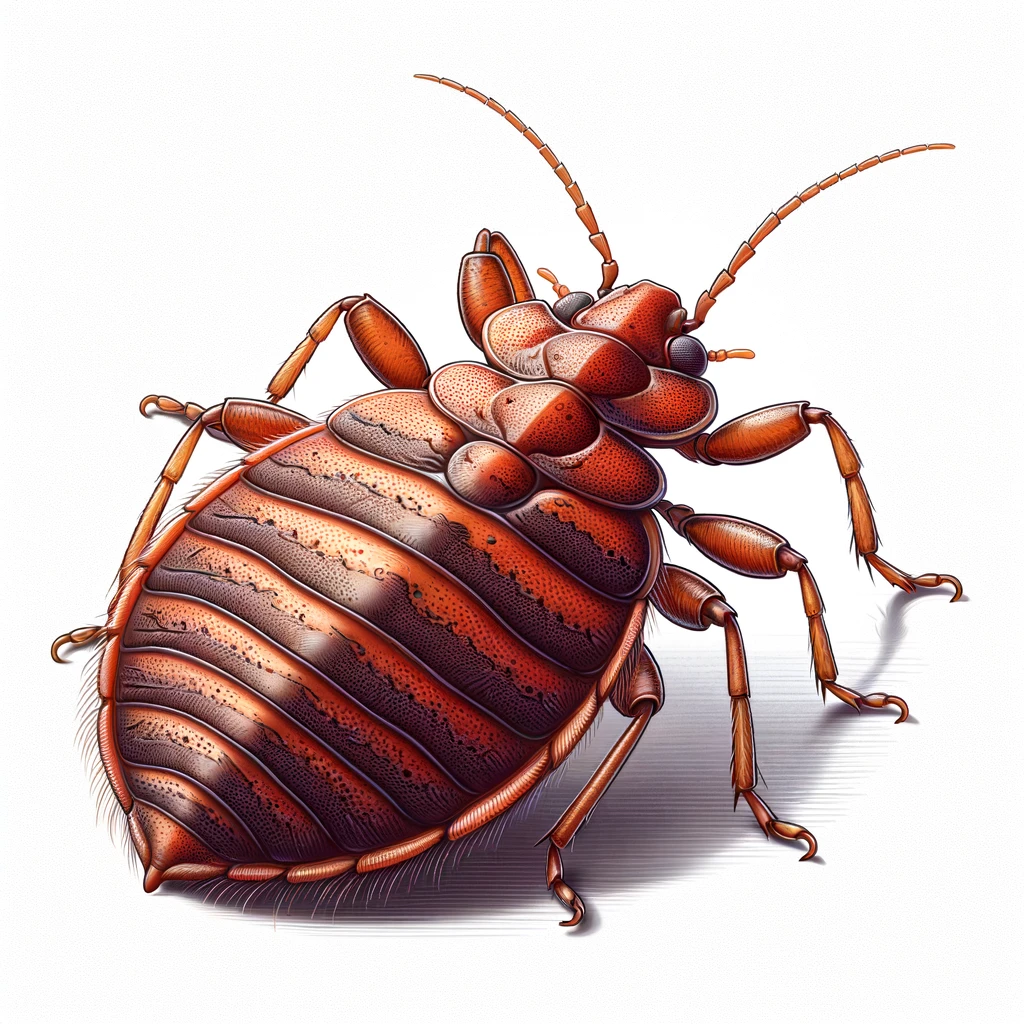
Bed bugs, though more commonly associated with bedding, can also reside in carpets, and are identified by their flat, oval bodies and the itchy welts they leave on human skin.
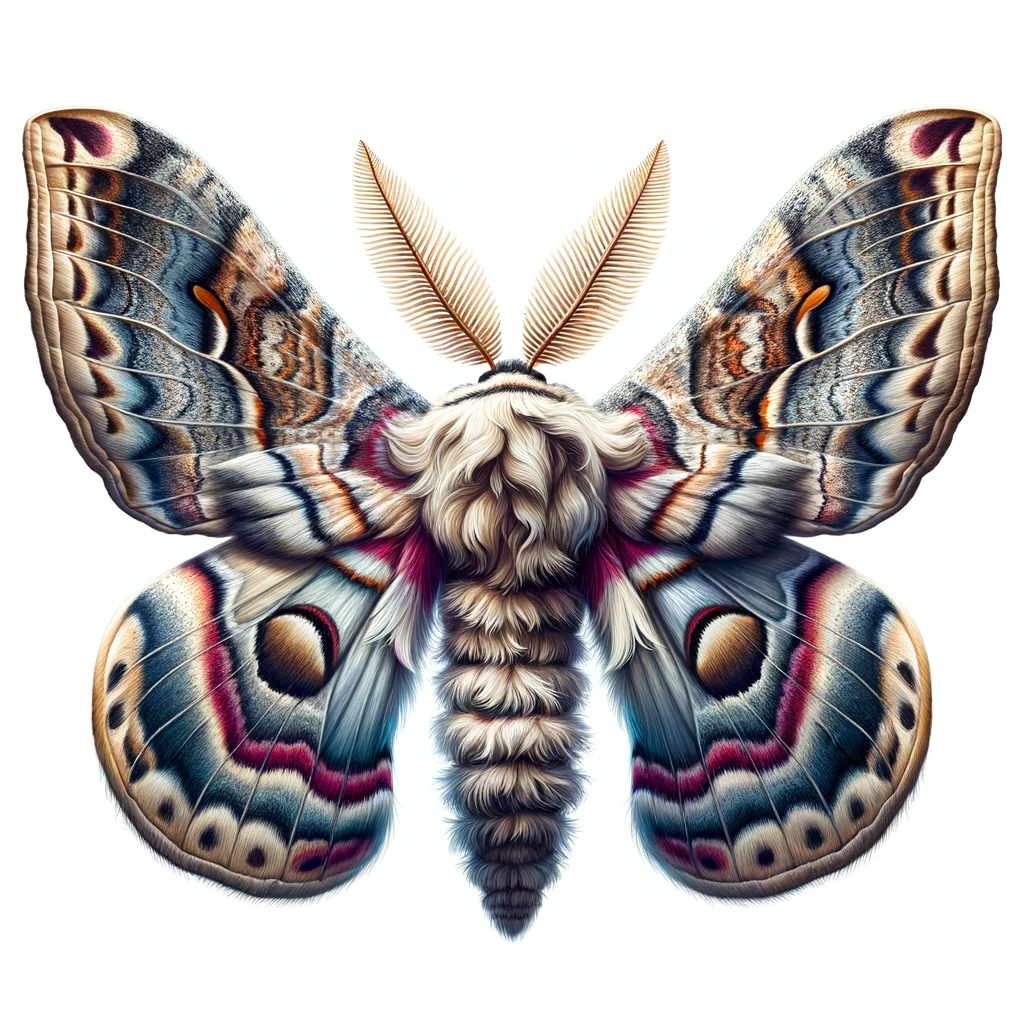
Moths, particularly the larvae of clothes moths, pose a threat to carpets, especially those made of natural fibres.
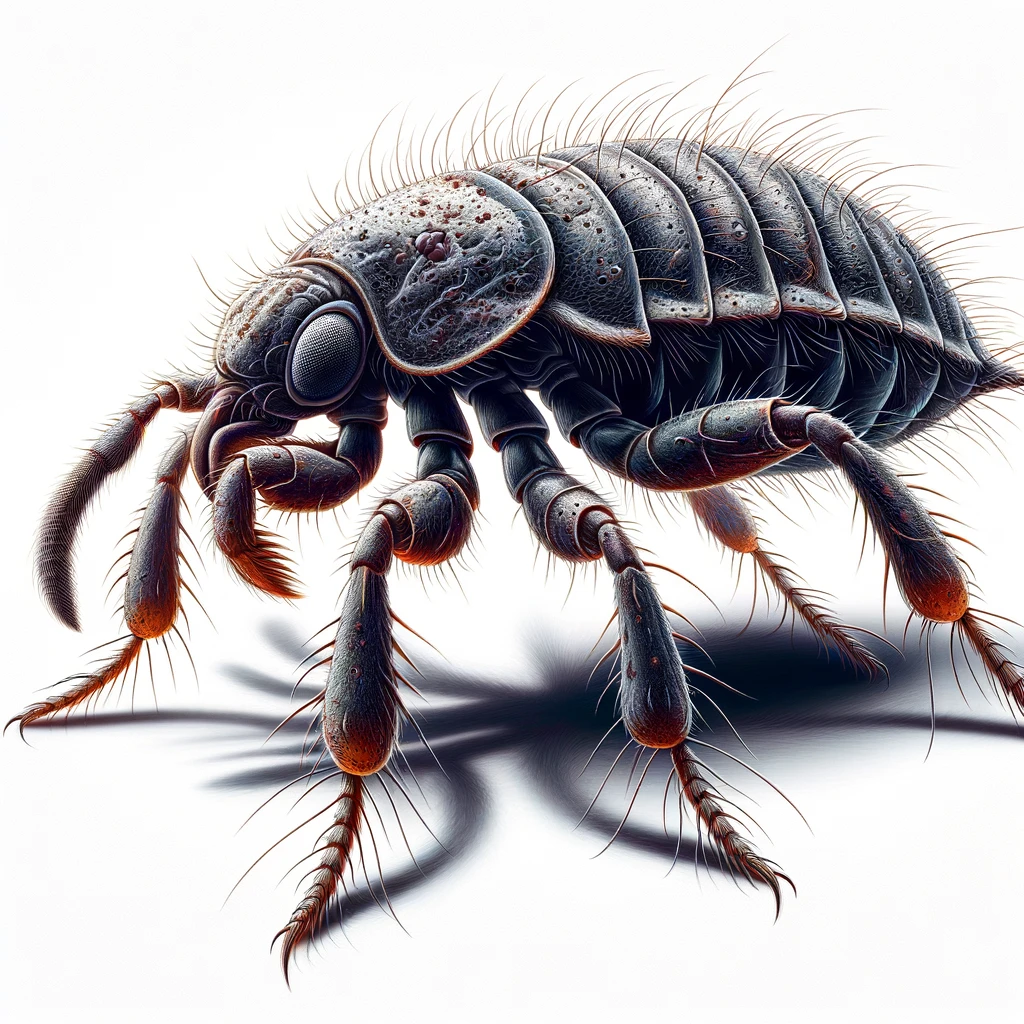
Fleas, while primarily a concern for pet owners, can also infest carpets, jumping onto pets and humans from their fabric hideouts.
Recognizing the signs of these pests, such as visible insects, damage to carpets, and unexplained skin bites, is crucial in determining the appropriate control measures.
Understanding the differences between these pests, such as carpet beetle vs bed bug, helps in implementing targeted pest control strategies. Each pest requires a different approach to eradication, and proper identification is key to effective treatment.
Common Carpet Pests Sections
Effective Home Remedies for Carpet Bugs
Combatting carpet bugs in the home can often be managed effectively with simple, natural remedies. These methods are not only cost-effective but also minimize the use of harsh chemicals, making them safer for households, especially those with children and pets.
Diatomaceous earth
One of the most effective home remedies for bed bugs and other carpet pests is diatomaceous earth. This natural substance works by dehydrating the insects upon contact. To use, sprinkle a thin layer of diatomaceous earth over the affected areas of the carpet and leave it for a few days before vacuuming. It’s essential to use food-grade diatomaceous earth to ensure safety.
Essential Oils
Another popular solution involves the use of essential oils. Oils such as lavender, eucalyptus, or peppermint act as natural repellents for many insects, including carpet beetles and silverfish. Mix a few drops of your chosen essential oil with water in a spray bottle and apply lightly over the carpet. Not only does this help in repelling pests, but it also leaves a pleasant scent.
White Vinegar
Vinegar, particularly white vinegar, is another effective tool against carpet bugs. Its acidic nature helps to break down the pheromones and trails left by insects, disrupting their habitat. A vinegar and water solution can be sprayed directly onto carpets, paying special attention to corners and edges where bugs are likely to hide.
Baking Soda
Baking soda is also useful in pest control, especially when combined with salt. This mixture can be sprinkled over the carpet to kill bugs and larvae through dehydration. After a day or two, thoroughly vacuum the carpet to remove the dead bugs and the powder.
When considering bed bugs treatment at home, it’s important to note that while these remedies can help in reducing their numbers, a severe infestation may require professional extermination.
Implementing these home remedies alongside regular vacuuming and cleanliness can significantly reduce the presence of carpet bugs. Prevention, such as sealing cracks and crevices and maintaining a dry environment, is also key in keeping these pests at bay.
Cleaning Methods
Advanced Carpet Maintenance Strategies
Advanced carpet maintenance goes beyond regular cleaning and involves strategies that ensure the longevity and durability of your carpets. Using steam cleaners for carpets is a highly effective method for deep cleaning and sanitizing. This section provides in-depth information on how to use these tools effectively, along with tips and tricks for keeping your carpets looking and feeling new.
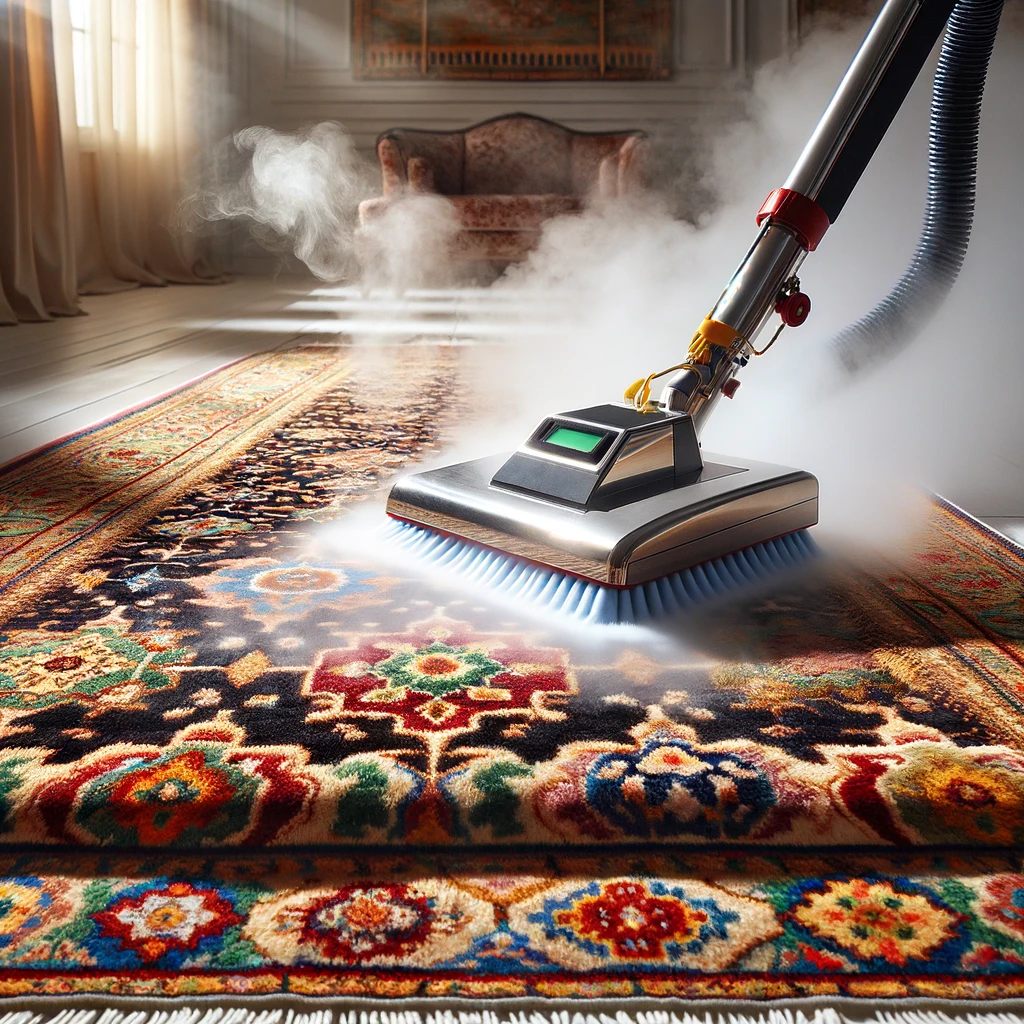
Steam Cleaning
Steam cleaning for Persian rugs involves a gentle yet effective method of deep cleaning, removing dirt and allergens without damaging delicate fibers, preserving beauty and longevity.
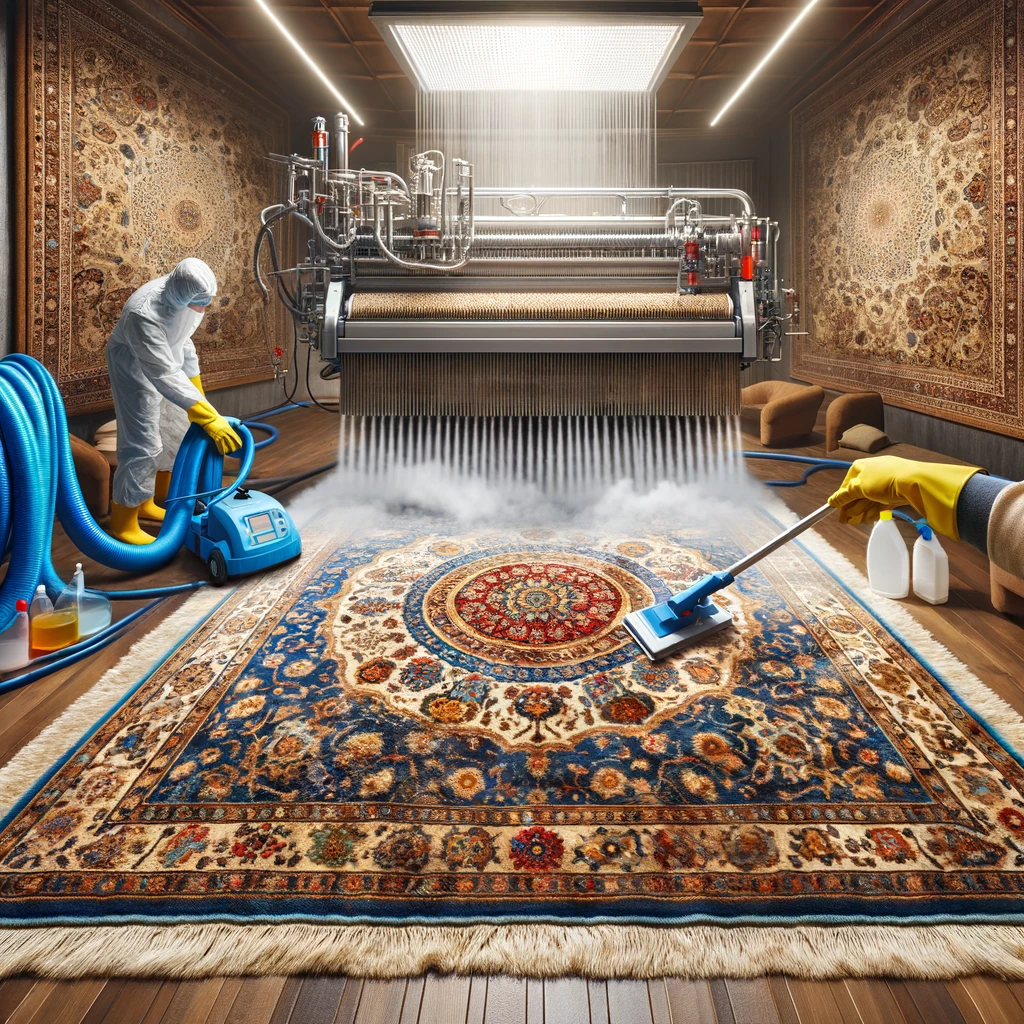
Deep Cleaning
Deep cleaning Persian rugs requires specialized techniques to remove deeply embedded dirt and restore their vibrant colors, ensuring the preservation of their intricate designs and durability.
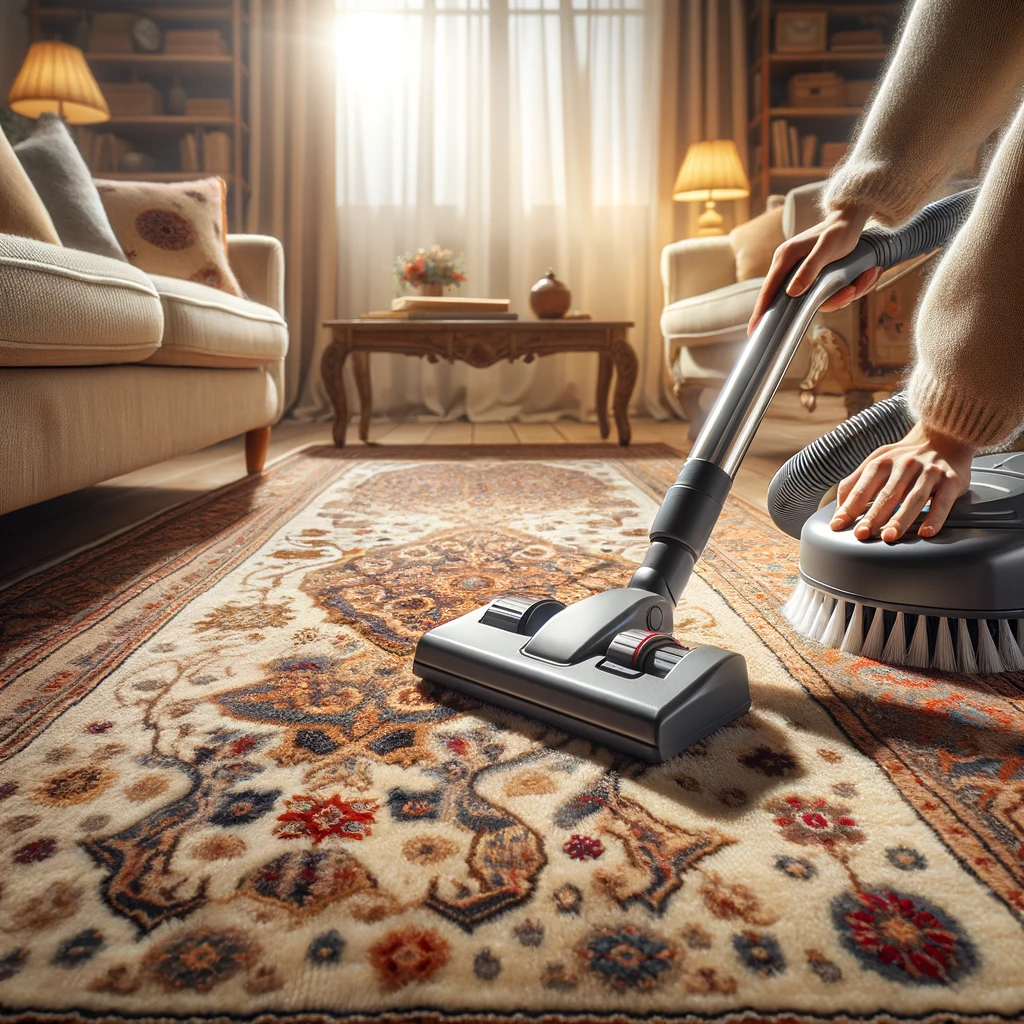
Vacuum Cleaning
Vacuum cleaning for Persian rugs focuses on removing surface dust and debris gently, protecting the rug's intricate patterns and delicate fibers from wear and damage.

Stain Removal
Stain removal for Persian rugs addresses common damage issues like spills and spots, using careful techniques to preserve colors and fibers while eliminating blemishes.
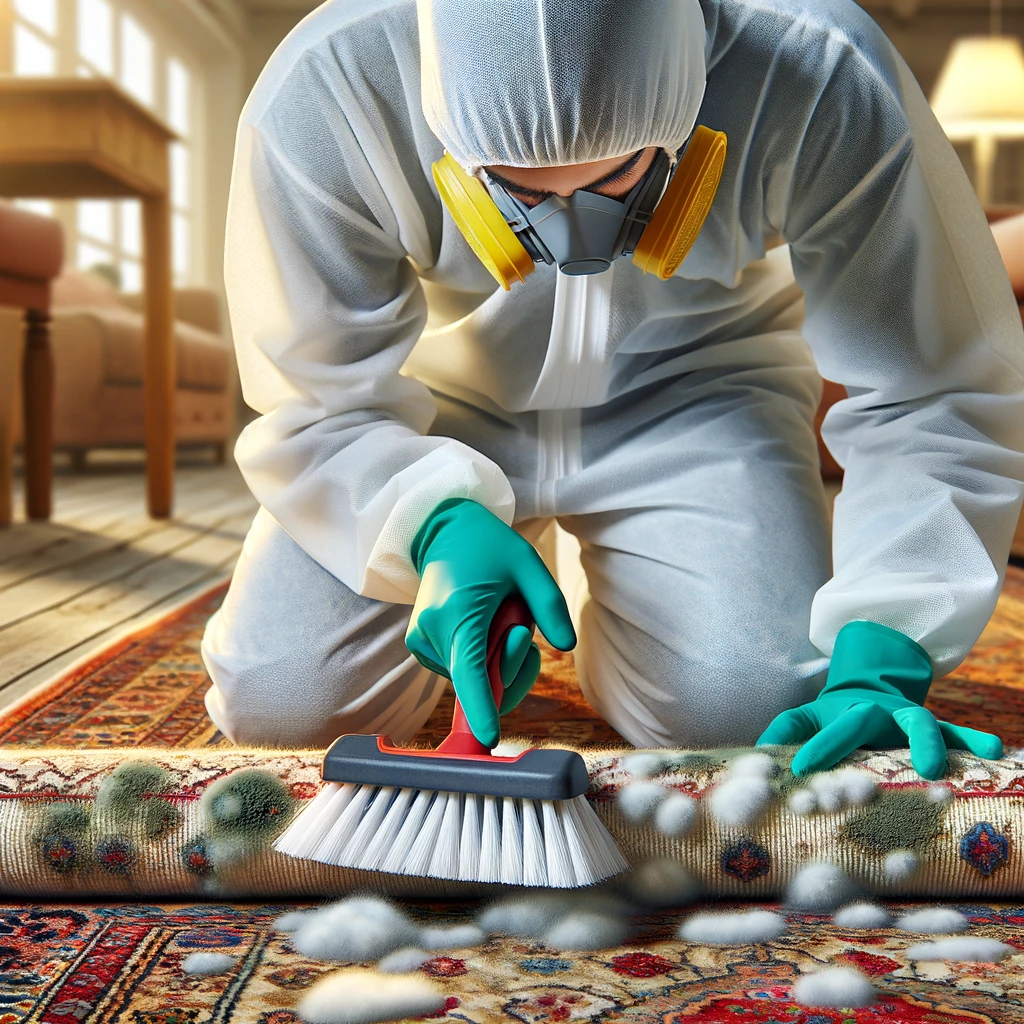
Mold Removal
Mold removal for Persian rugs tackles common damage issues such as mildew and fungus, employing safe methods to eradicate growth and restore rug health without harm.
Joe Rugs - Carpet Expert
Hello! I'm Joseph Rugs, the founder of CarpetJoe.com and your guide through the intricate world of carpets. Born and raised in London with a deep-rooted passion for art and culture, I've explored the globe to bring the rich tapestry of carpet weaving right to your screen. My academic background in arts and humanities from Oxford has fueled my curiosity, leading me to uncover the stories behind every knot and weave. As a family man, my adventures are shared with my loved ones, enriching our lives with every piece of art we encounter. Join me as we explore the beauty and craftsmanship of carpets together.
Carpet Repair & Restoration Guides
Carpet damage can range from minor issues like small burns or stains to more significant problems such as large tears or widespread wear.
Identifying the type of damage is the first step in determining the most suitable repair method.
Master carpet repair with our guides. Learn about fixing burns, holes, and wear in carpets and rugs, including DIY patch repairs and professional restoration tips.
Frequently Asked Questions
To eliminate carpet bugs, start with deep cleaning. Vacuum the carpets, upholstered furniture, and curtains; wash all textiles in hot water; and steam clean if possible. Apply diatomaceous earth, boric acid, or use insecticide sprays specifically designed for carpet beetles. Seal cracks and gaps where bugs can enter, and ensure to regularly clean and check for signs of reinfestation.
Yes, bed bugs can reside in carpets. They often hide in the fibers of carpets near where people sleep or rest for long periods. Regular vacuuming and steam cleaning can help to remove them, but for severe infestations, professional extermination is recommended.
Various bugs can live in carpets, including carpet beetles, fleas, silverfish, and bed bugs. These pests are attracted to organic materials, warmth, and humidity, and can often be found in undisturbed and darker areas of the carpet.
Signs of carpet bugs include small holes in fabrics, shed larval skins, and adult beetles near light sources. Larvae, which look like tiny, hairy worms, may be found in dark, secluded areas. If you notice such signs, inspect your carpets and closets for further evidence.
The worm-looking things in carpets are likely the larvae of carpet beetles. These larvae are responsible for damage to the carpet as they feed on the fibres. They are usually brown or tan with bristly hairs and can be found in quiet, undisturbed areas.
Carpet bugs, specifically carpet beetles, develop through a lifecycle from egg to larva, pupa, and then to an adult beetle. The larvae stage is when they are most destructive to fabrics and carpets, while the adults are often seen flying near windows or feeding on pollen outside.
Signs of a fabric pest infestation include visible damage to fabrics such as irregular holes, frayed fibres, and thinning materials. You might also find fecal pellets, larval cases, and living larvae or adult insects.
Severe infestations can lead to a noticeable reduction in fabric integrity.









